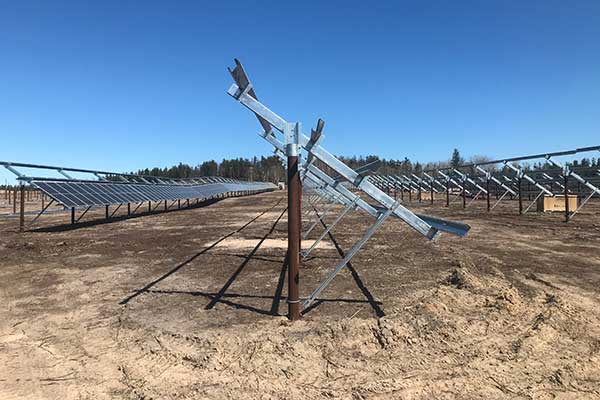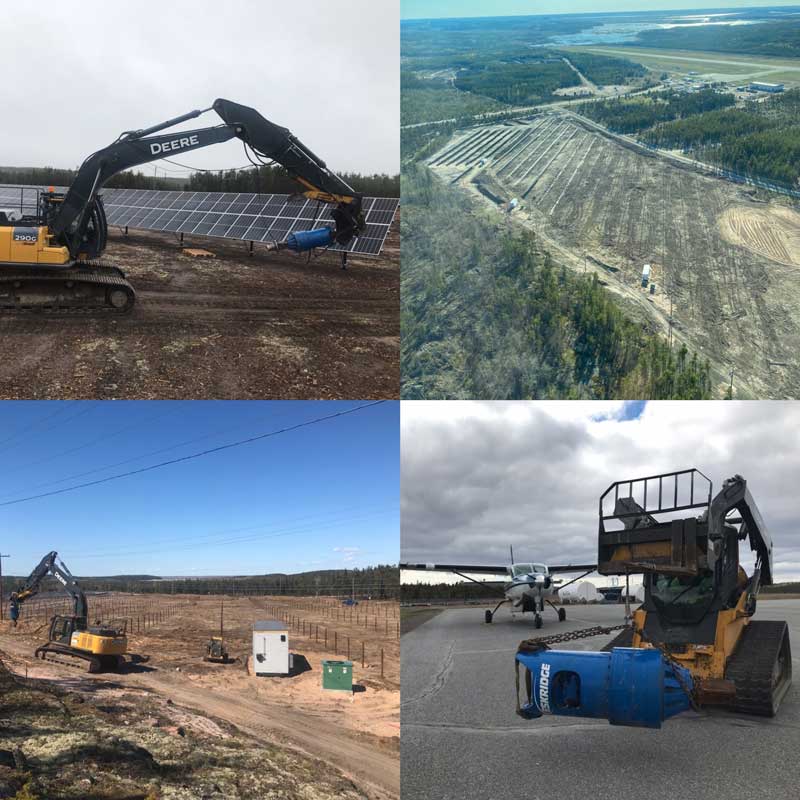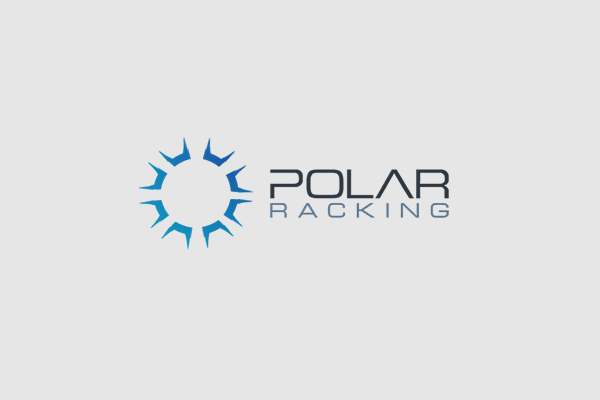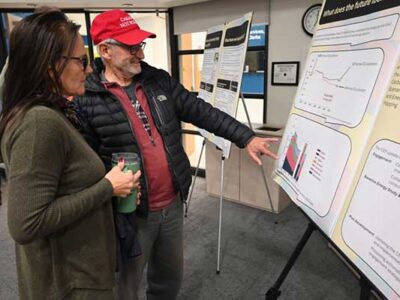- Polar Racking supplied PRU Ground Mount Racking for Phase 2 of the Fort Chipewyan Solar Farm.
- The PRU Ground Mount Racking will be used for 5,760 solar modules (2,200 kW) in the project.
- It is projected to be the largest off-grid solar farm in Canada once completed.
FORT CHIPEWYAN, July 30, 2020 — Polar Racking, has supplied PRU Ground Mount Racking for Phase 2 of the Fort Chipewyan Solar Farm, projected to be the largest off-grid solar farm in Canada once completed. Polar Racking’s PRU Ground Mount Racking will be used for 5,760 solar modules (2,200 kW) in the project.
A North American leader in the design, engineering, and manufacturing of PV mounting systems, Polar Racking is experienced in supplying racking systems for challenging weather situations like those found in Fort Chipewyan, a northern Albertan First Nations community.
Faced with population growth and an increased demand for energy, the residents of Fort Chipewyan sought a sustainable, green, and self-sufficient solution that could withstand wide temperature fluctuations and high winds. The solar farm will supply 25 percent of Fort Chipewyan’s energy, replacing 800,000 liters of diesel fuel, and supported with battery storage.

Pictured here is Polar’s PRU Single Post racking design installed onsite which uses a helical pile foundation and a custom 30 degree tilt. (Polar Racking)

Polar Racking was awarded the supply of the racking for the site expansion of Phase 1 and hired PRI Engineering to perform a geotechnical investigation. (Polar Racking)
The northern Alberta community is not connected to the grid and relies on transporting diesel fuel for all energy needs. Replacing diesel with local renewable energy results in fewer tanker truckers having to drive on the winter ice road and a more reliable, long-term energy source for the community.
“Polar Racking is thrilled to be supplying the mounting systems for Phase 2 of the Fort Chipewyan Solar farm,” said Vishal Lala, CEO Polar Racking. “As a Canadian company, we design and manufacture our mounting systems precisely for the extreme weather conditions found in Northern Alberta.” Lala added, “We also understand the challenges of tight construction schedules and have made our systems lighter and quicker to install than other similar mounting products. Reducing installation time will bring cleaner energy sooner to Fort Chipewyan and for longer.”
The solar farm is expected to be operational by the end of 2020 with construction on Phase 2 currently underway. Owned equally by the Athabasca Chipewyan First Nation, Mikisew Cree First Nation, and the Métis Local 125, the solar farm is an example of how indigenous communities and Canadian businesses can partner to create energy security, cleaner air, and long-term revenue to reinvest in our communities.
















Comments